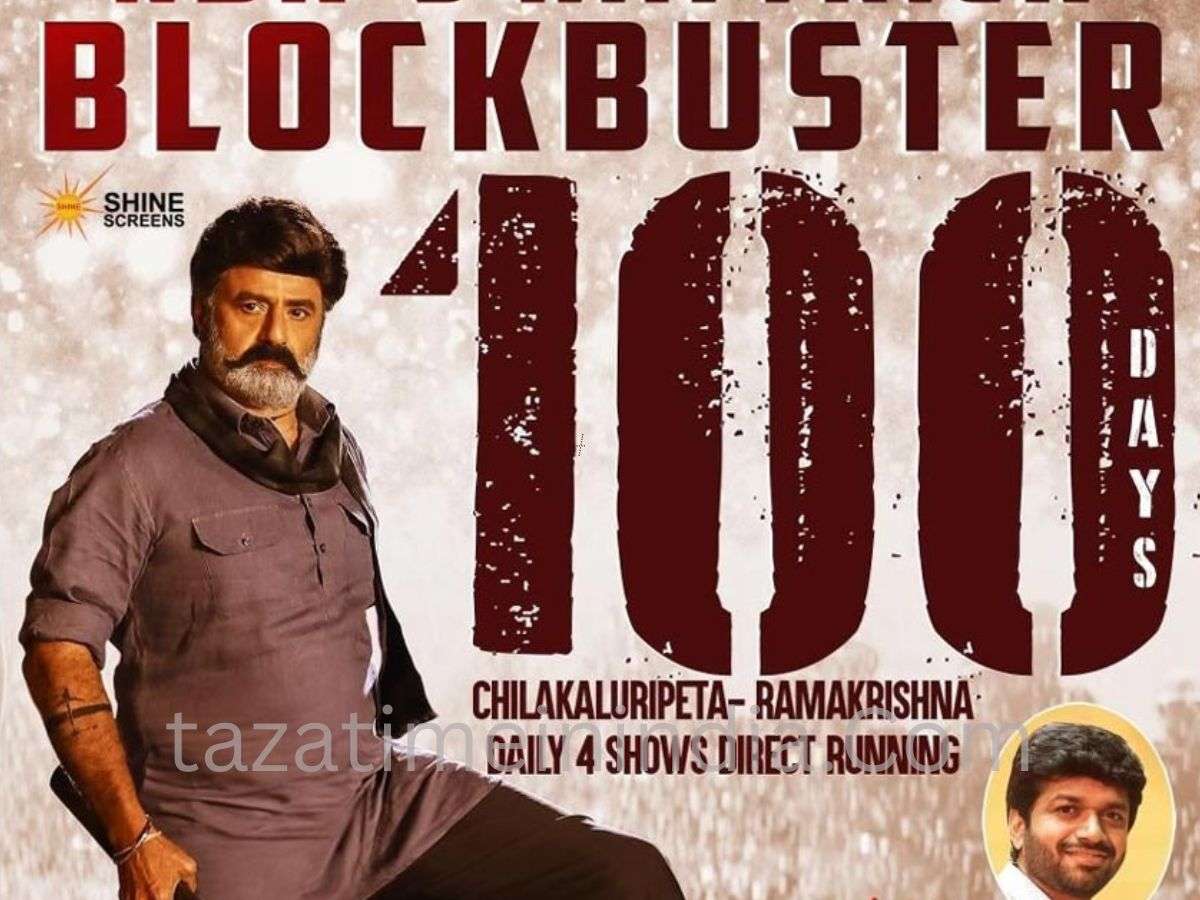
Salaar Beats Animal Day 1 On OTT!
With a plethora of intriguing releases, Netflix is making waves in the rapidly growing Indian OTT platform market. Sandeep Reddy Vanga’s “Animal,” a new addition to their collection, has finally debuted on the massive streaming platform. Nevertheless, the movie’s OTT voyage appears to have begun on a somewhat subdued note, despite the pre-release excitement and conjecture regarding possible arguments.
“Animal” had drawn notice before it was released on Netflix as a movie that would start a conversation between the so-called “woke” audience and ordinary moviegoers. There was a tangible sense of excitement for the movie’s digital release, with talks and debates about the different subjects that Sandeep Reddy, the director, wanted to tackle.
But the usual hype and clamor surrounding such launches were noticeably lacking as “Animal” quietly made its way into Netflix’s collection. “Animal” didn’t seem to have the same excitement as the recent over-the-top (OTT) premiere of “Salaar,” which instantly sparked conversations on social media about Prabhas’ action shots, the recognizable “ya ya ya ya” fight scene, and the suspenseful interval block.
In the case of “Salaar,” there was an instant buzz about the movie on social media. As the movie’s internet debut was celebrated, moviegoers and enthusiasts discussed their excitement and analyzed important parts. But “Animal” doesn’t seem to have the same intensity. Though there are sporadic messages on social media sites like Twitter, the film’s controversial moments have not, as anticipated, taken center stage in discussions.
A potential contributing aspect behind this discrepancy is the postponed OTT release of “Animal.” Netflix complied with North American multiplex regulations by holding off on releasing the movie on its digital platform for eight weeks following its theatrical debut. This wait, along with the inflammatory scene leaks that occurred shortly after the movie’s theatrical debut, may have lessened the excitement around “Animal.”
The incident begs the question of how distribution plans affect how movies are received digitally. Even though the decision to release the film later than expected may have been a calculated risk, it didn’t seem to have the same immediate impact as OTT debuts. The difference between the excitement around “Salaar” and the quiet beginning to “Animal” highlights how the dynamics of movie releases have changed in the digital age.
“Animal” is slowly gaining traction on Netflix, but the early criticism of its slow start underscores the complex interplay between social media hype, release tactics, and expectation. It remains to be seen if the movie will finally make waves and ignite conversations, but its OTT voyage has already prepared the groundwork for a sophisticated examination of audience interaction in the digital age.








